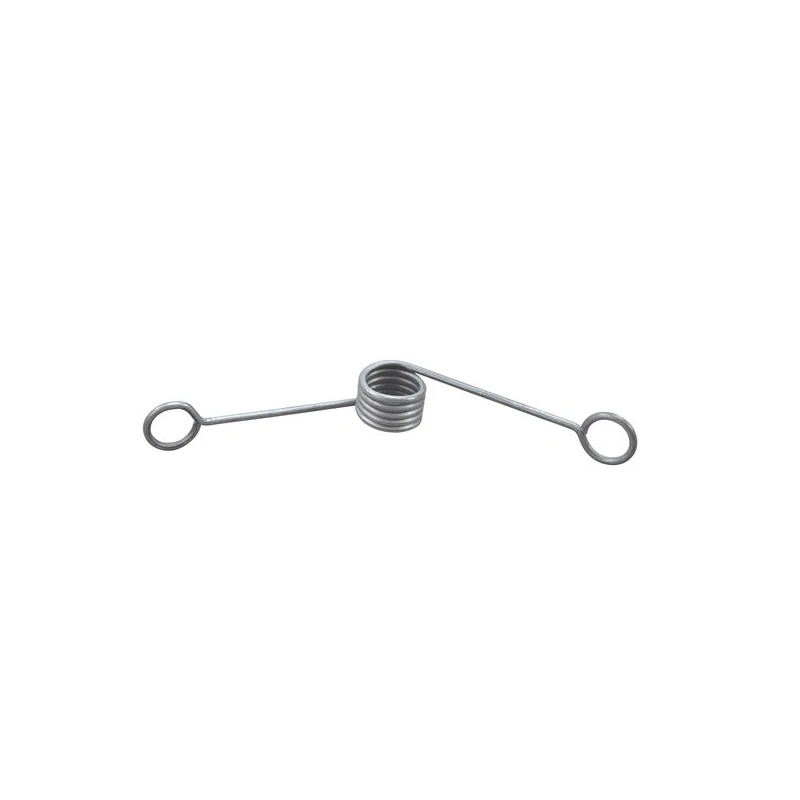
- Mobile Phone
- +8613931874955
- sales@cntcmetal.com
Cost Analysis of Coil Springs for Various Applications and Industries
Understanding Coil Spring Prices Factors and Trends
Coil springs are a vital component in various mechanical systems, providing flexibility, support, and the ability to absorb shocks. They are used in a multitude of applications, from automotive suspensions to industrial machinery, consumer products, and more. As the demand for coil springs continues to grow, understanding the factors that influence their prices becomes crucial for manufacturers, consumers, and businesses alike.
What is a Coil Spring?
A coil spring is a spiral-shaped piece of metal designed to work under compression, tension, or torsion. The primary function of a coil spring is to store energy and release it when needed, making it essential for ensuring stability and safety in many applications. Coil springs are manufactured from various materials, including steel, stainless steel, and even composite materials, each affecting the function and pricing of the springs.
Factors Influencing Coil Spring Prices
1. Material Costs The choice of materials is one of the leading factors affecting the price of coil springs. High-carbon steel is commonly used for its resilience and durability, but the price can fluctuate based on steel market trends. Stainless steel may be more expensive but offers better resistance to corrosion, which can be vital for specific applications.
2. Manufacturing Processes The method used to manufacture coil springs can significantly impact their cost. Cold winding, hot winding, and heat treatment processes all require different levels of technological investment and energy consumption. Innovations in manufacturing techniques can lead to increased efficiency and reduced costs, but they often require upfront investments.
3. Design Specifications Customization plays a substantial role in price determination. Off-the-shelf coil springs are typically less expensive than custom-designed springs, which need precise engineering. The specific requirements regarding dimensions, load capacities, and material specifications will also drive prices up for tailored products.
coil spring price

4. Volume and Bulk Orders Generally, purchasing in larger quantities can reduce per-unit costs. Manufacturers frequently offer discounts for bulk orders, encouraging companies to buy larger quantities to save money. However, businesses need to balance this with their storage capacities and inventory management strategies.
5. Market Demand and Supply Like any other commodity, the price of coil springs is influenced by market dynamics. If demand exceeds supply, prices may rise. Additionally, global events—such as disruptions in manufacturing due to natural disasters or geopolitical tensions—can cause sudden spikes in prices.
6. Industry Trends The automotive and manufacturing industries are particularly influential in determining coil spring prices. Trends toward electric vehicles (EVs), for example, may affect the types of coil springs in demand. As manufacturers seek to improve performance and efficiency in their designs, new materials and technologies emerge, impacting overall costs.
Trends in Coil Spring Pricing
As of the latest data, the coil spring market is experiencing various trends that could shape future pricing. The increasing emphasis on sustainability and the use of advanced materials is likely to shift manufacturing practices, potentially leading to higher initial costs but greater long-term savings due to durability and efficiency. Furthermore, the ongoing global push for electric vehicles is expected to create a demand for specialized coil springs, which might command a premium price due to their unique specifications.
Additionally, the rise of automation and smart manufacturing can streamline production processes, potentially lowering costs in the long run. Companies highly invested in these technologies might offer more competitively priced coil springs, influencing overall market trends.
Conclusion
Understanding the intricacies of coil spring pricing is crucial for anyone involved in industries that rely on these essential components. By considering the various factors that influence costs—from material prices to manufacturing processes and market trends—stakeholders can make informed decisions that improve both their operational efficiency and their bottom line. As the industry continues to evolve, staying abreast of changing dynamics will be key to navigating the future landscape of coil spring prices effectively.
share:
-
Why Sacrificial Formwork Is Redefining Underground ConstructionNewsJun.06,2025
-
The Structural Dynamics of Modern Concrete: How Snake Spacers Revolutionize Flexible ReinforcementNewsJun.06,2025
-
Snake Spacers Smart-Lock Concrete Reinforcement with Surgical PrecisionNewsJun.06,2025
-
Snake Spacers: Reinforcement Precision for Modern Concrete ProjectsNewsJun.06,2025
-
Snake Spacers Powering Concrete's Structural DNANewsJun.06,2025
-
Slither into Success: Snake Spacers' Precision Bite for Unbreakable ReinforcementNewsJun.06,2025
-
Sacrificial Formwork: Building Stronger, Faster, and Safer StructuresNewsJun.06,2025



















